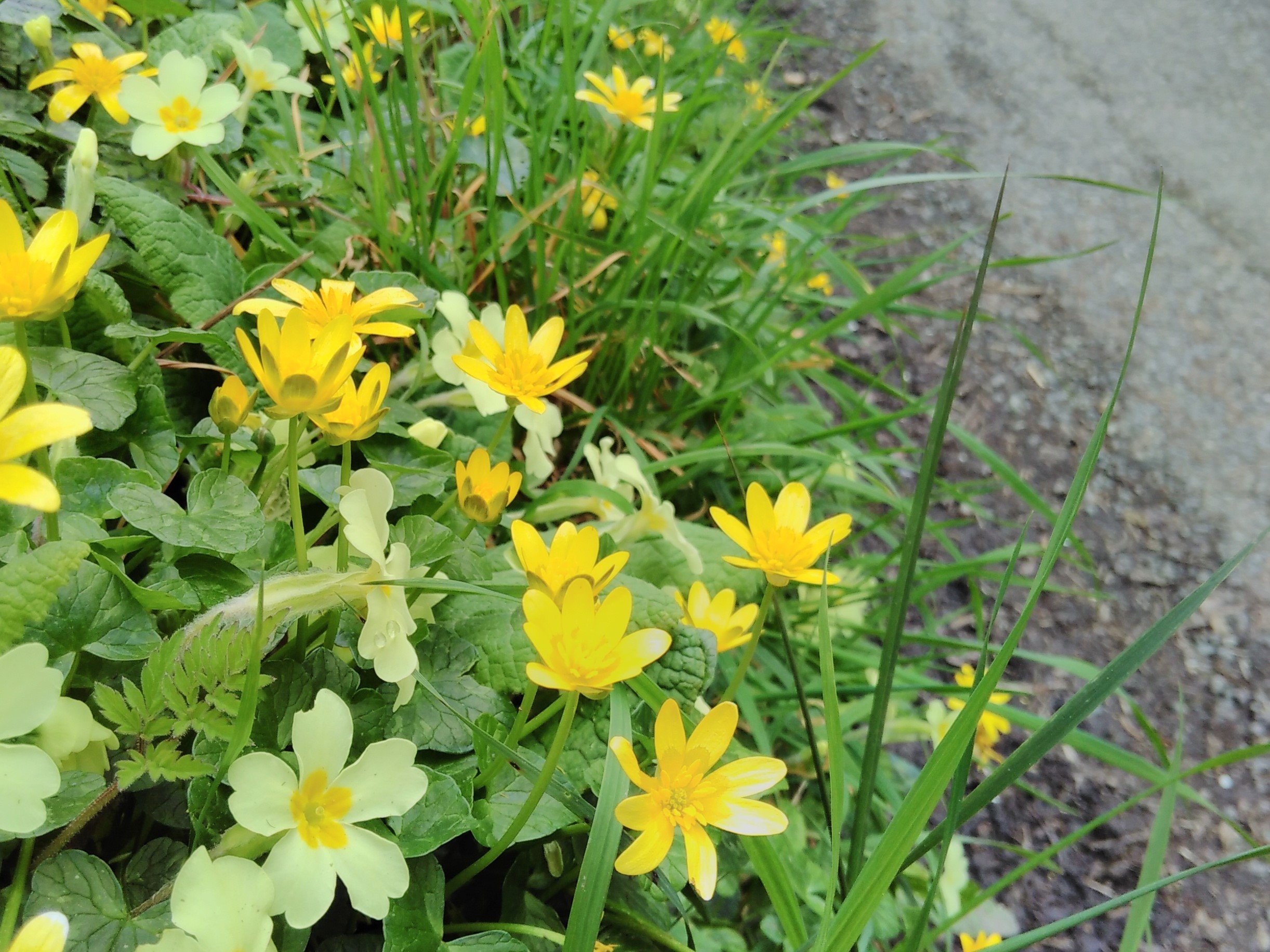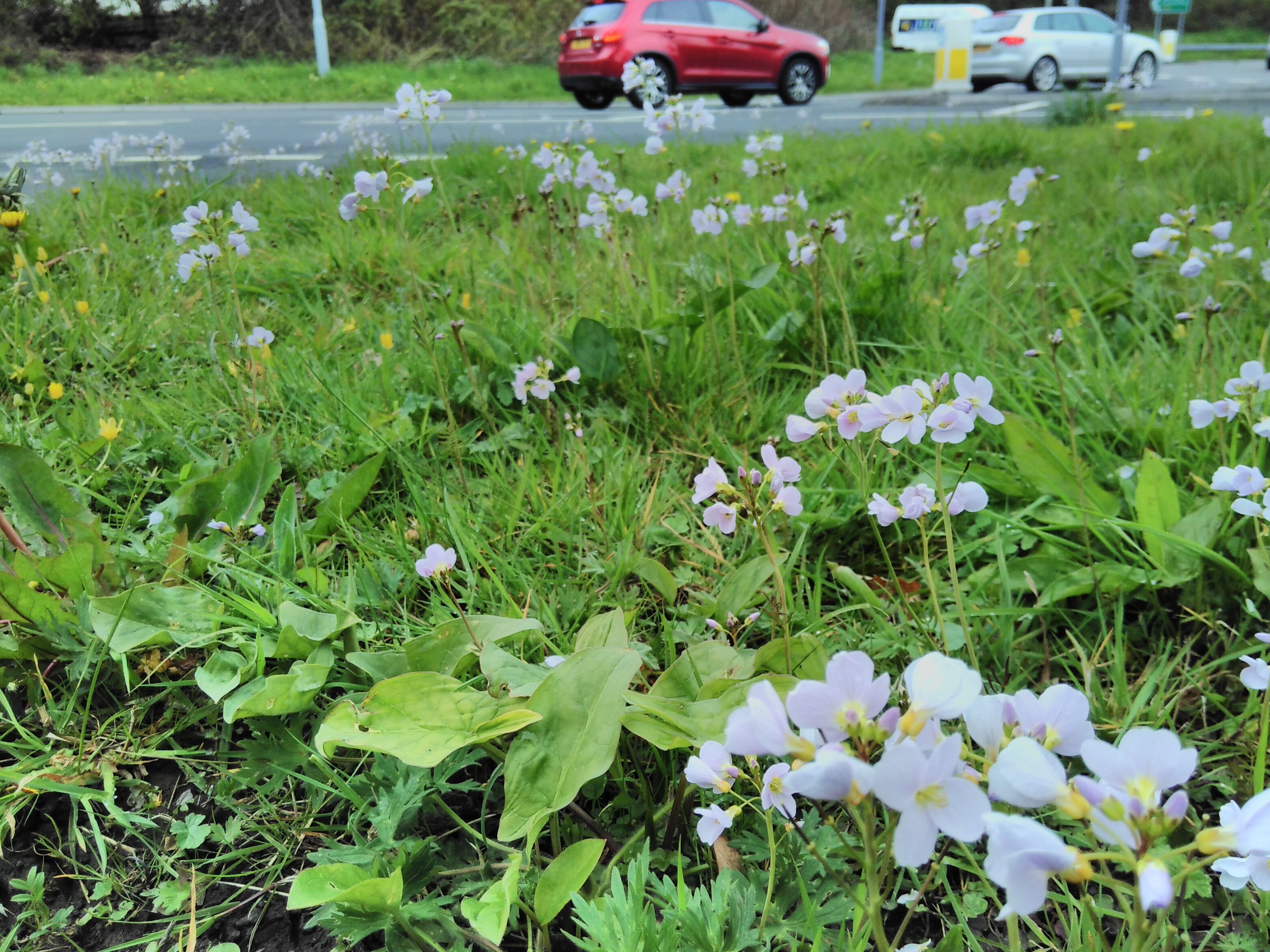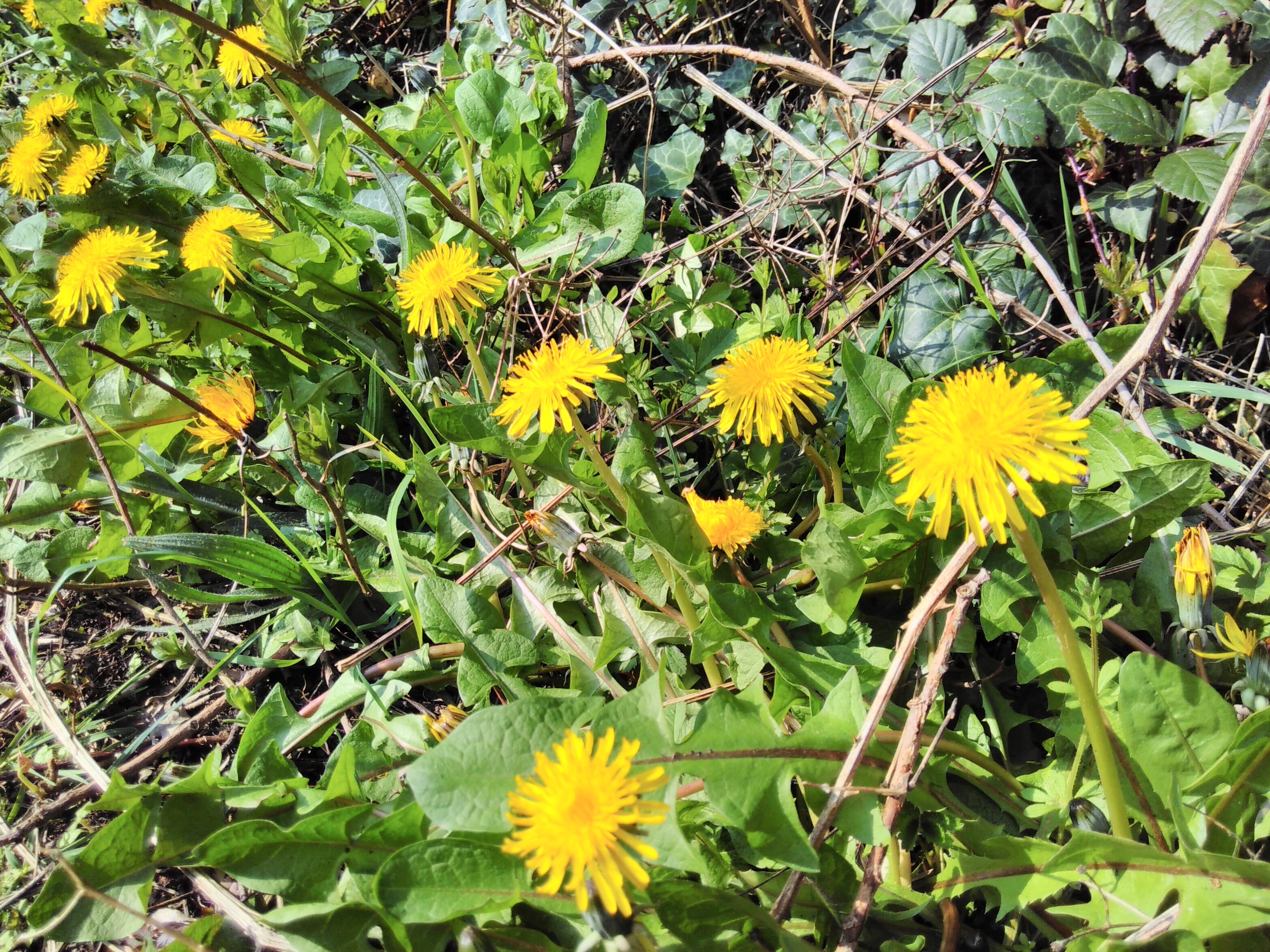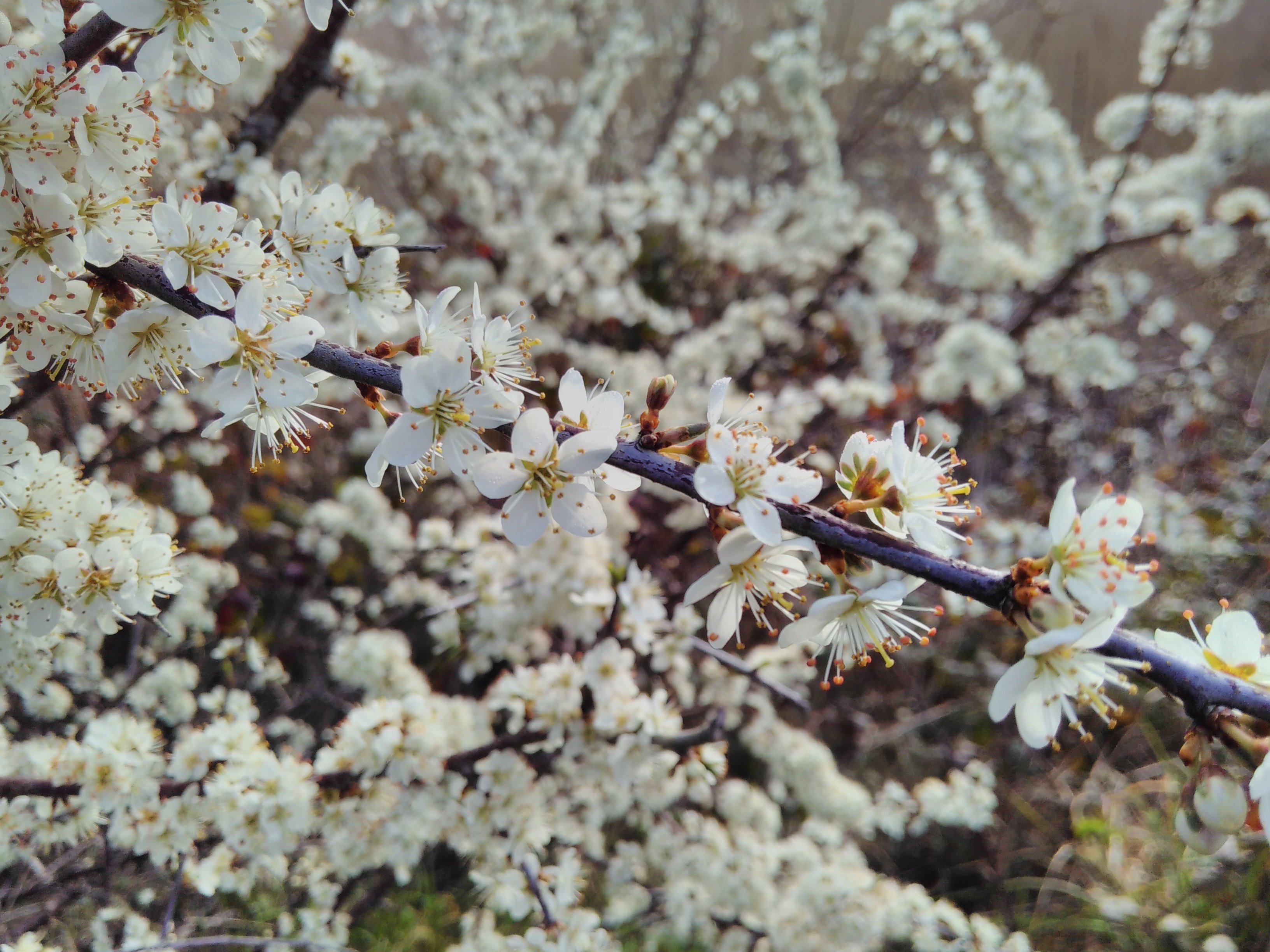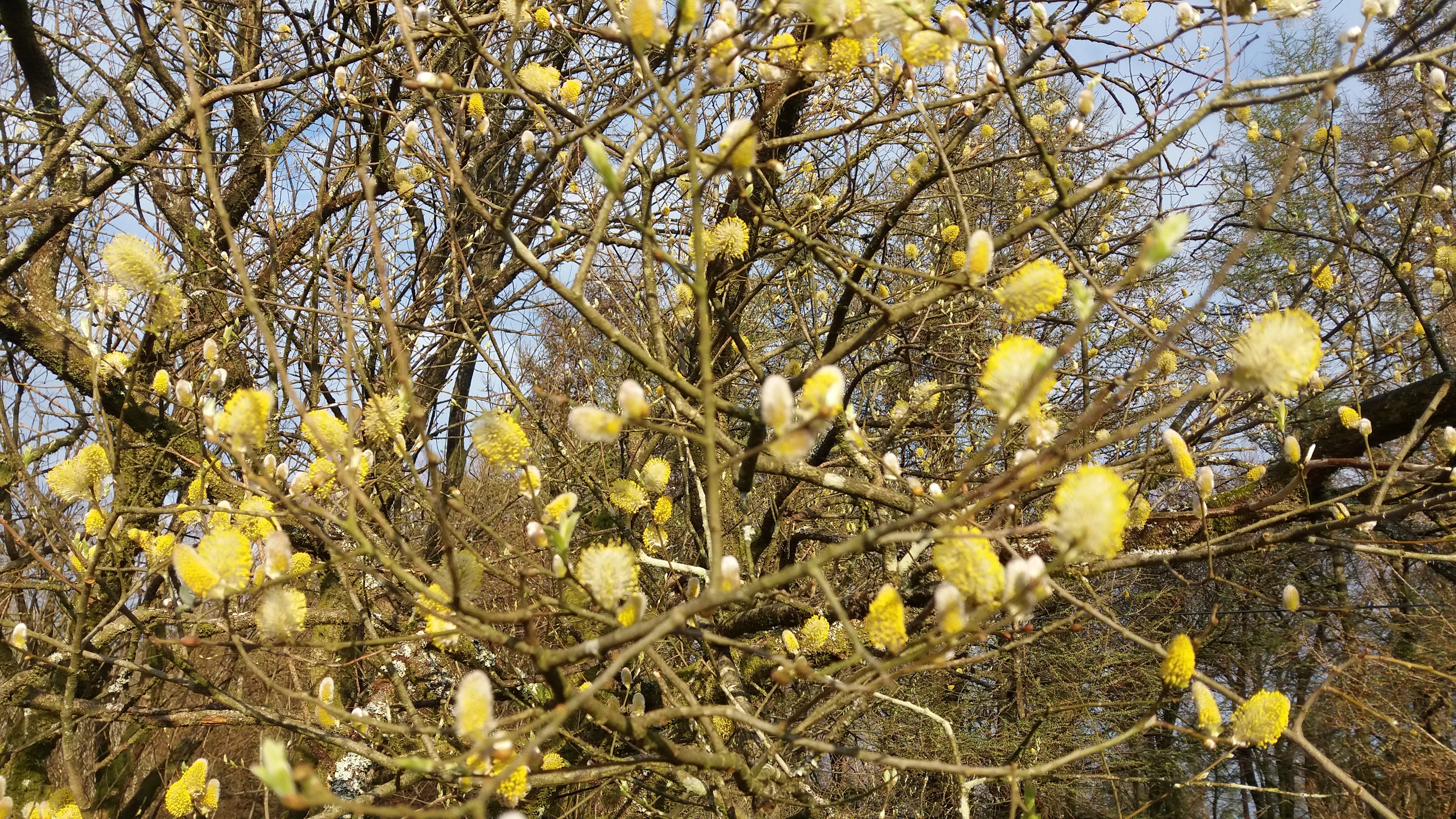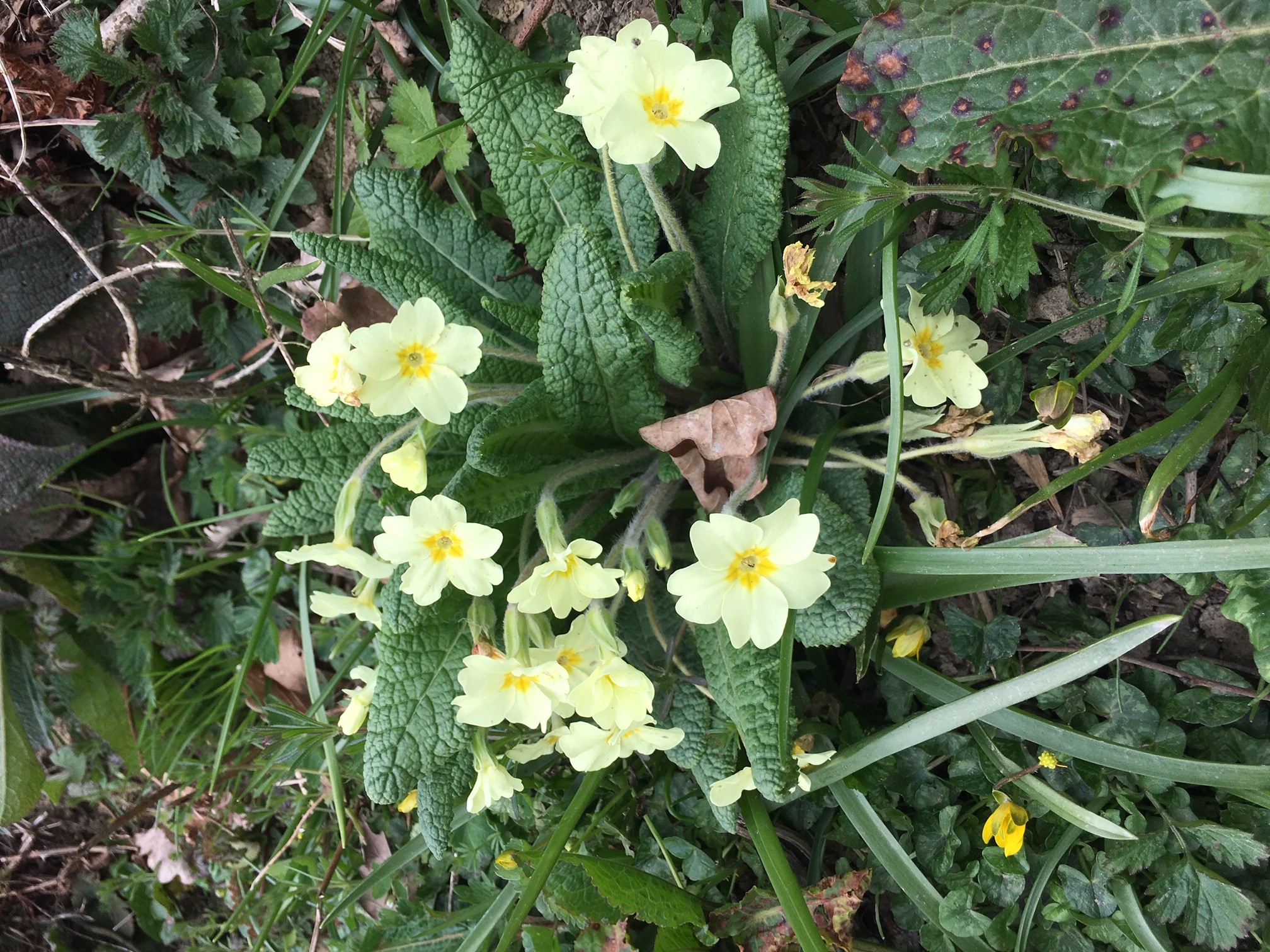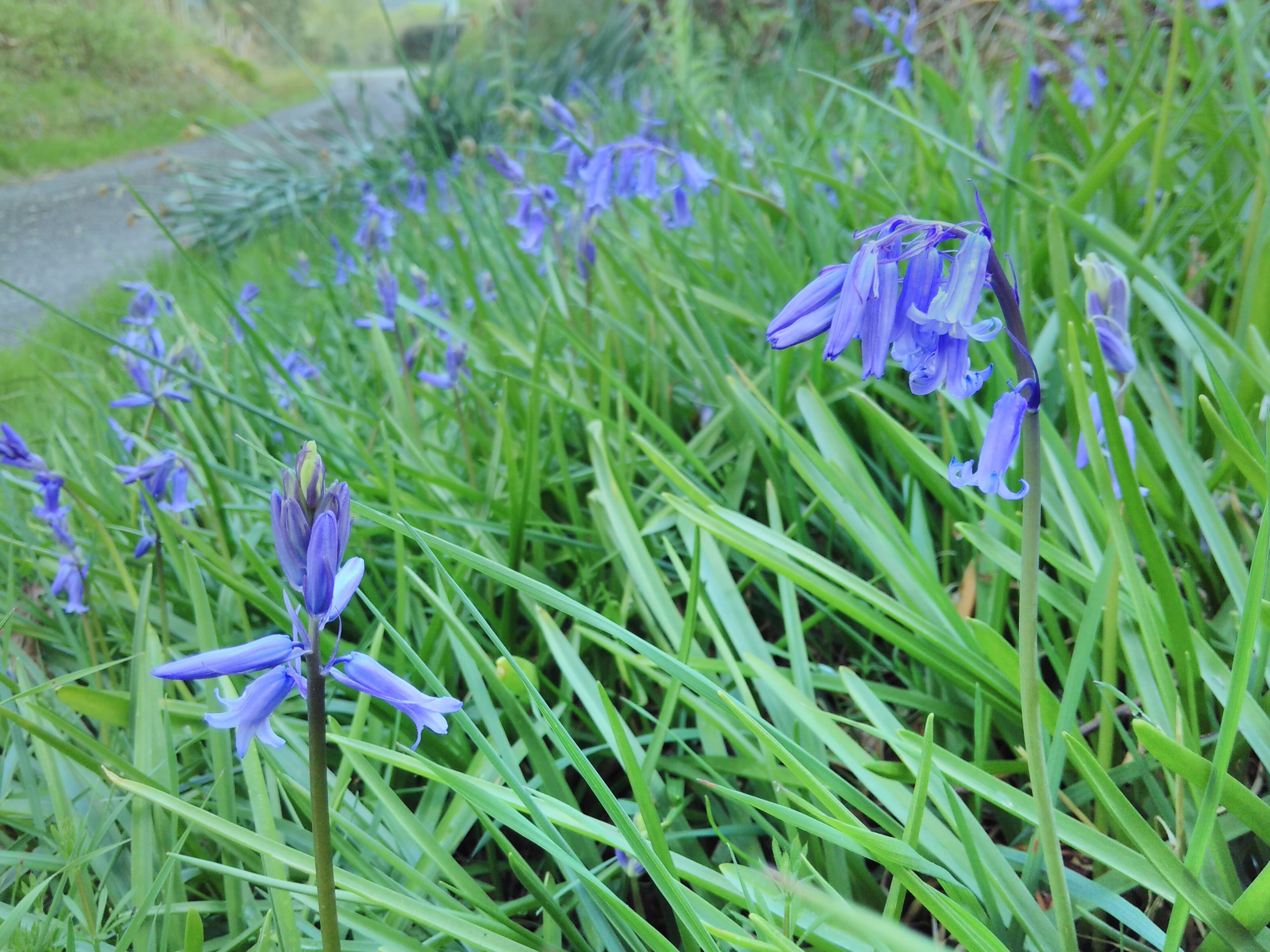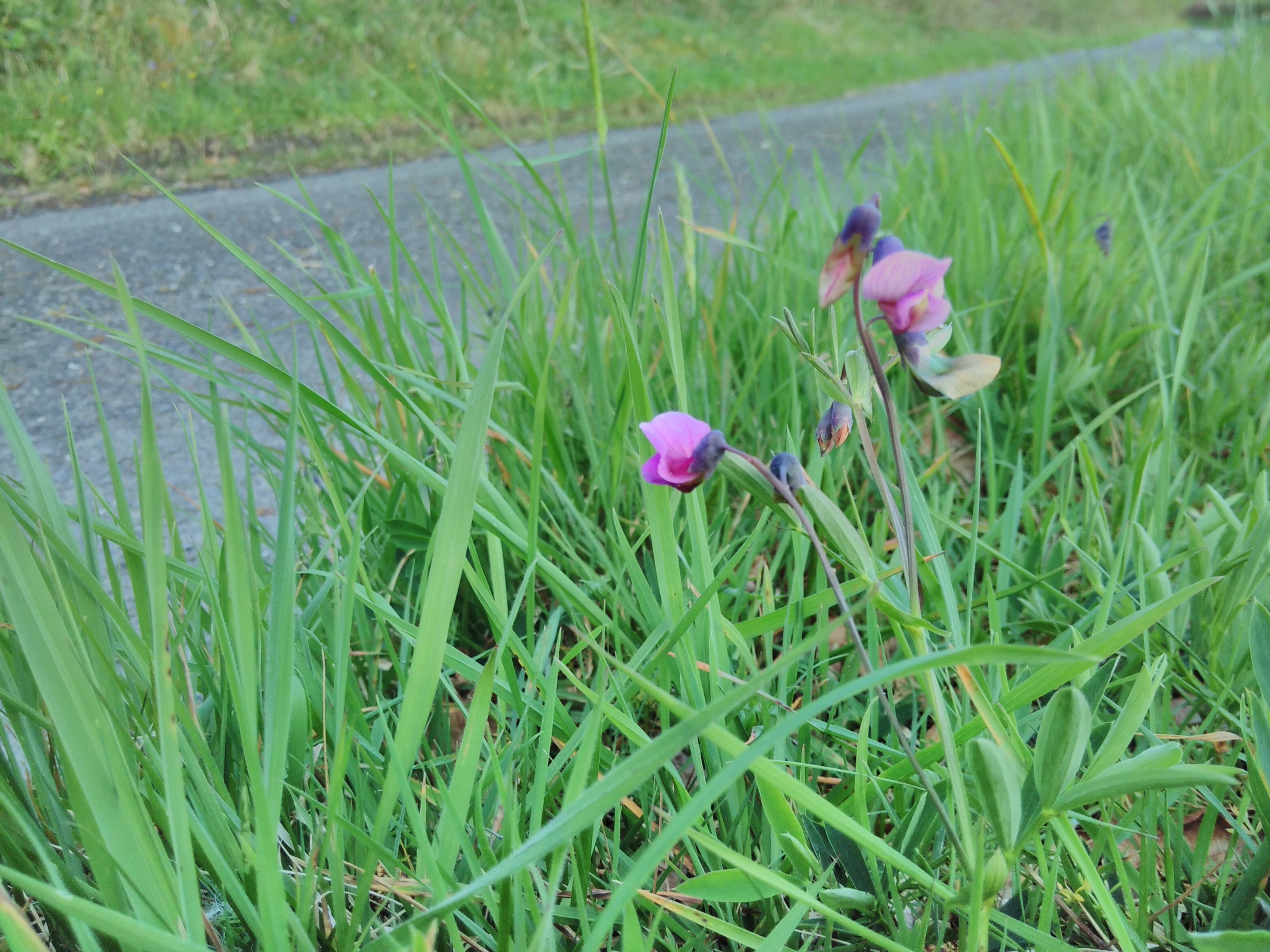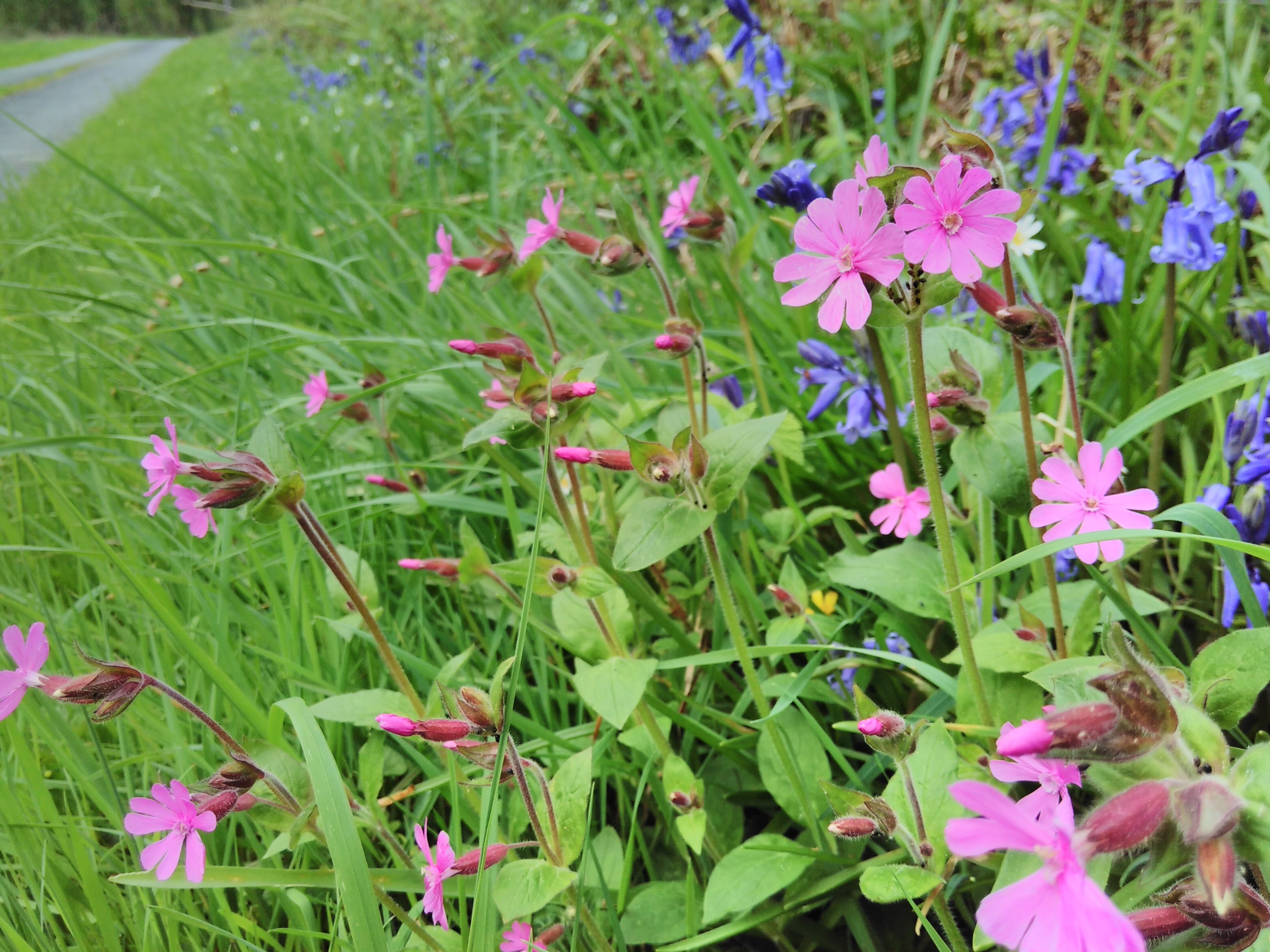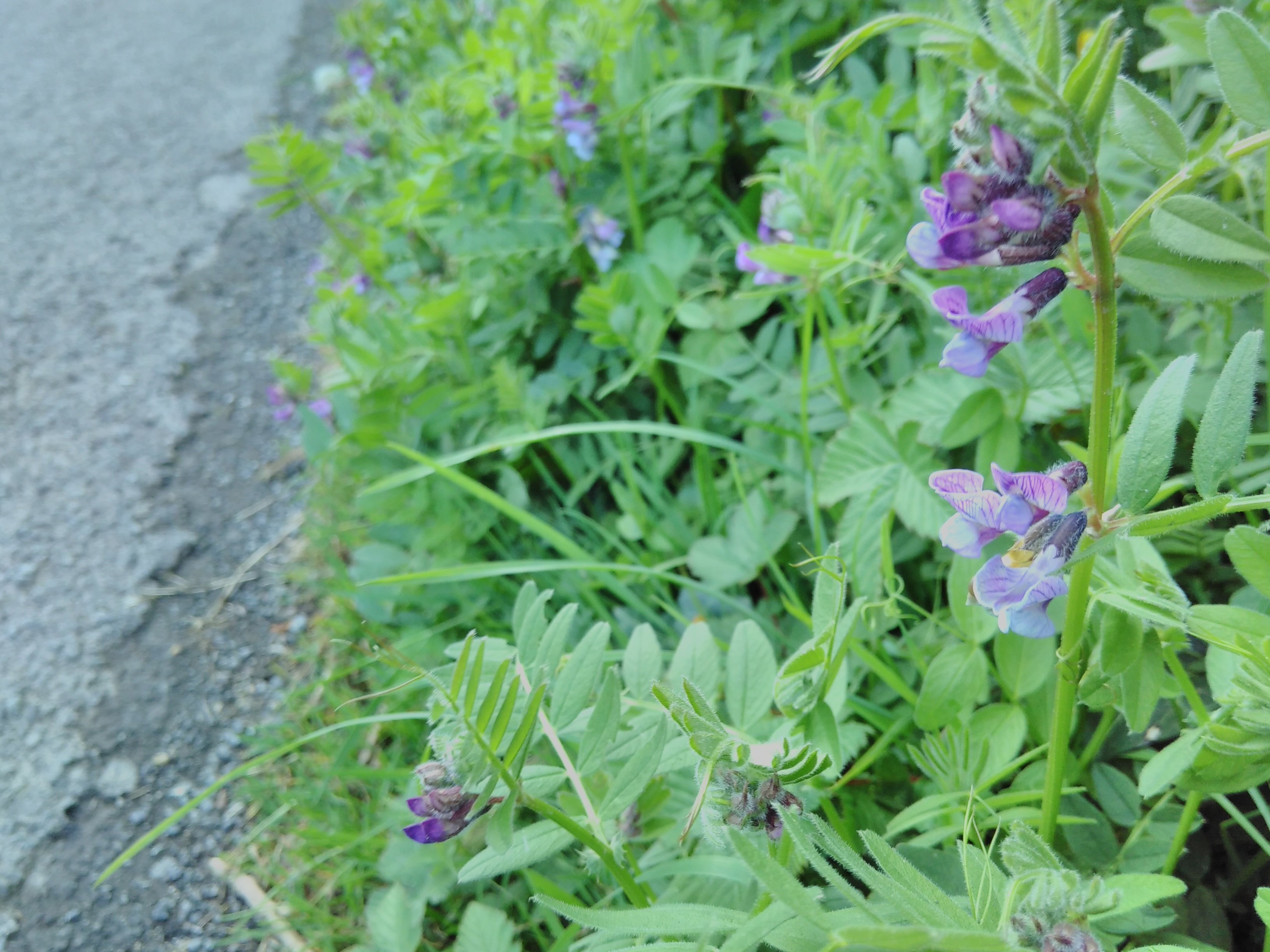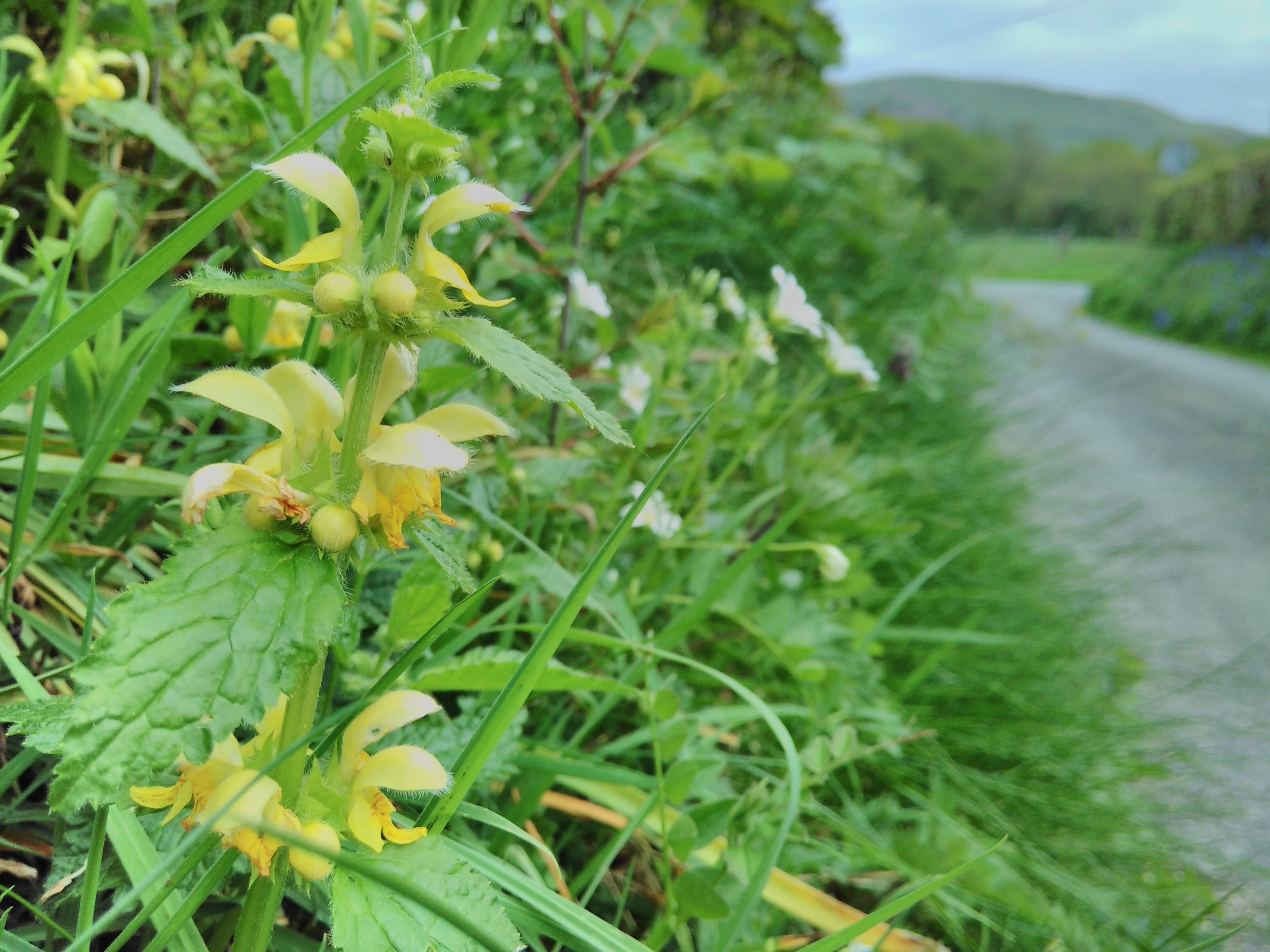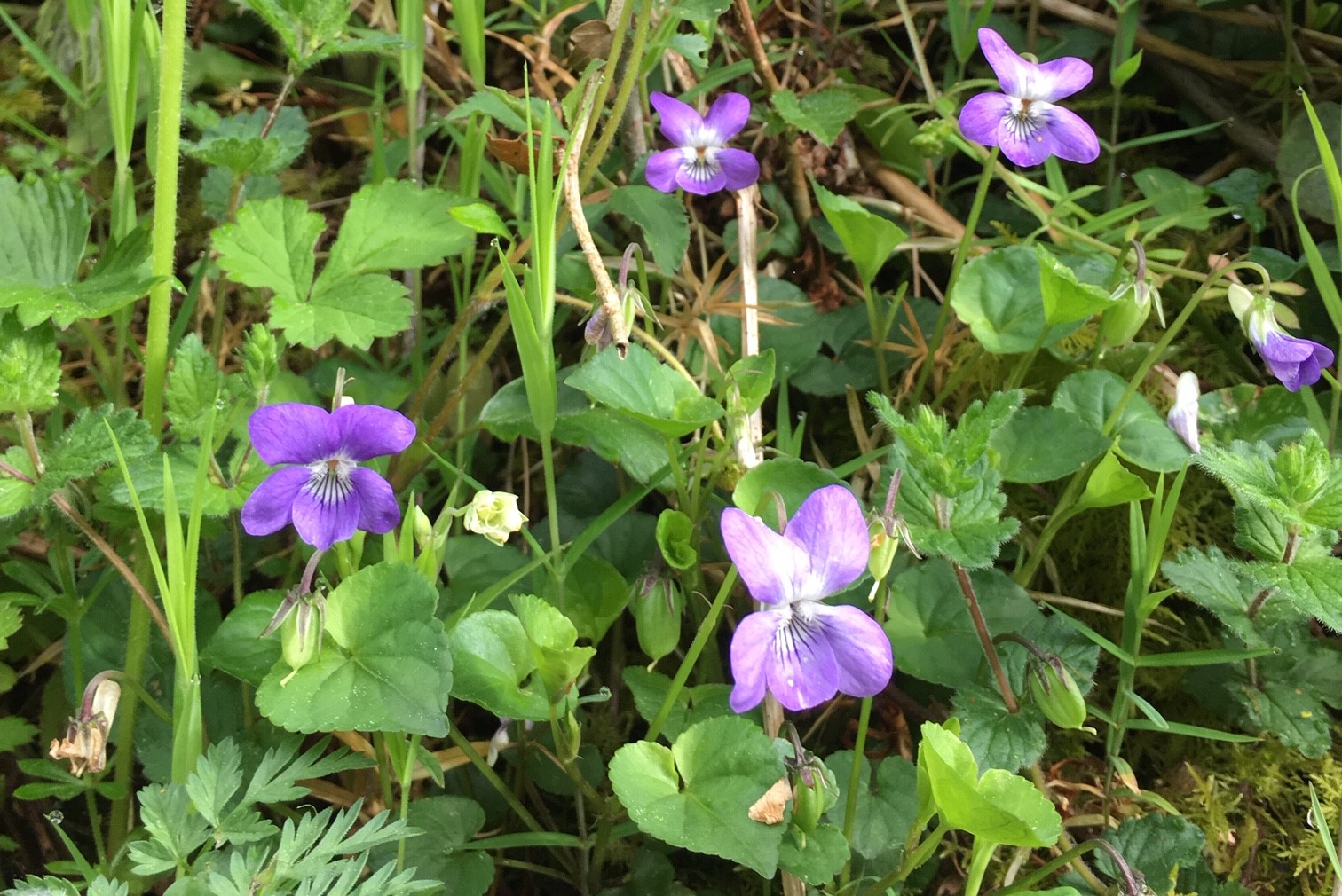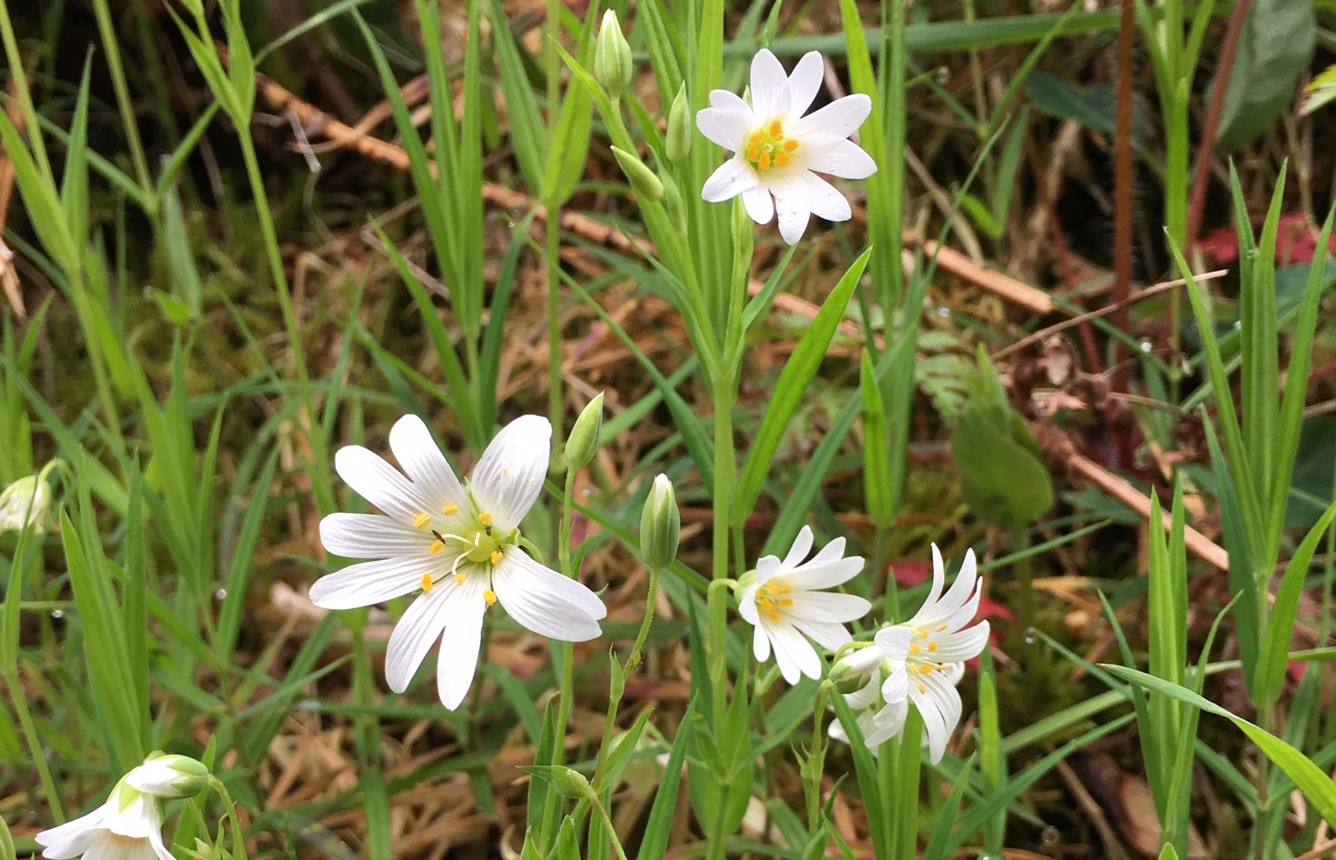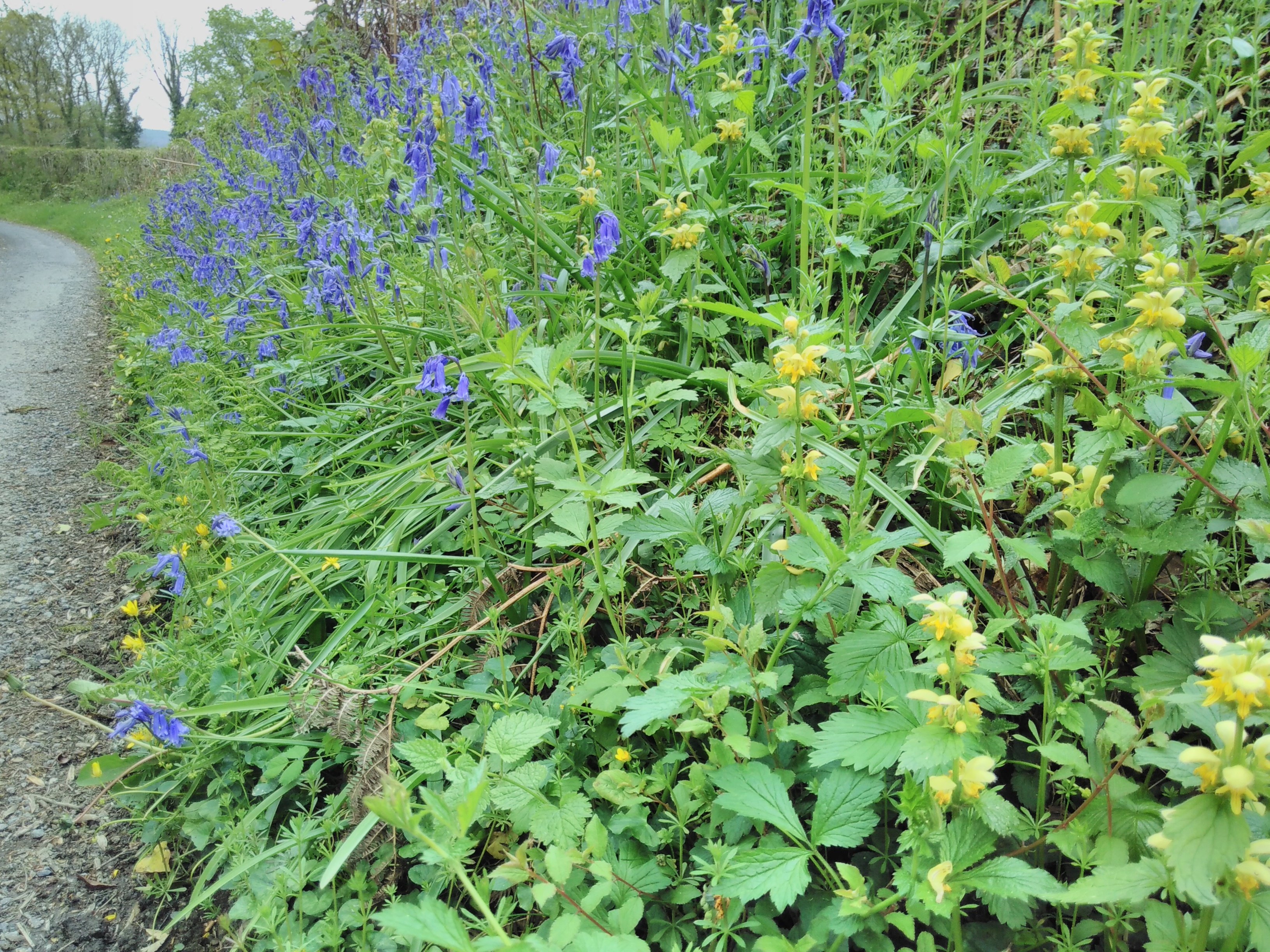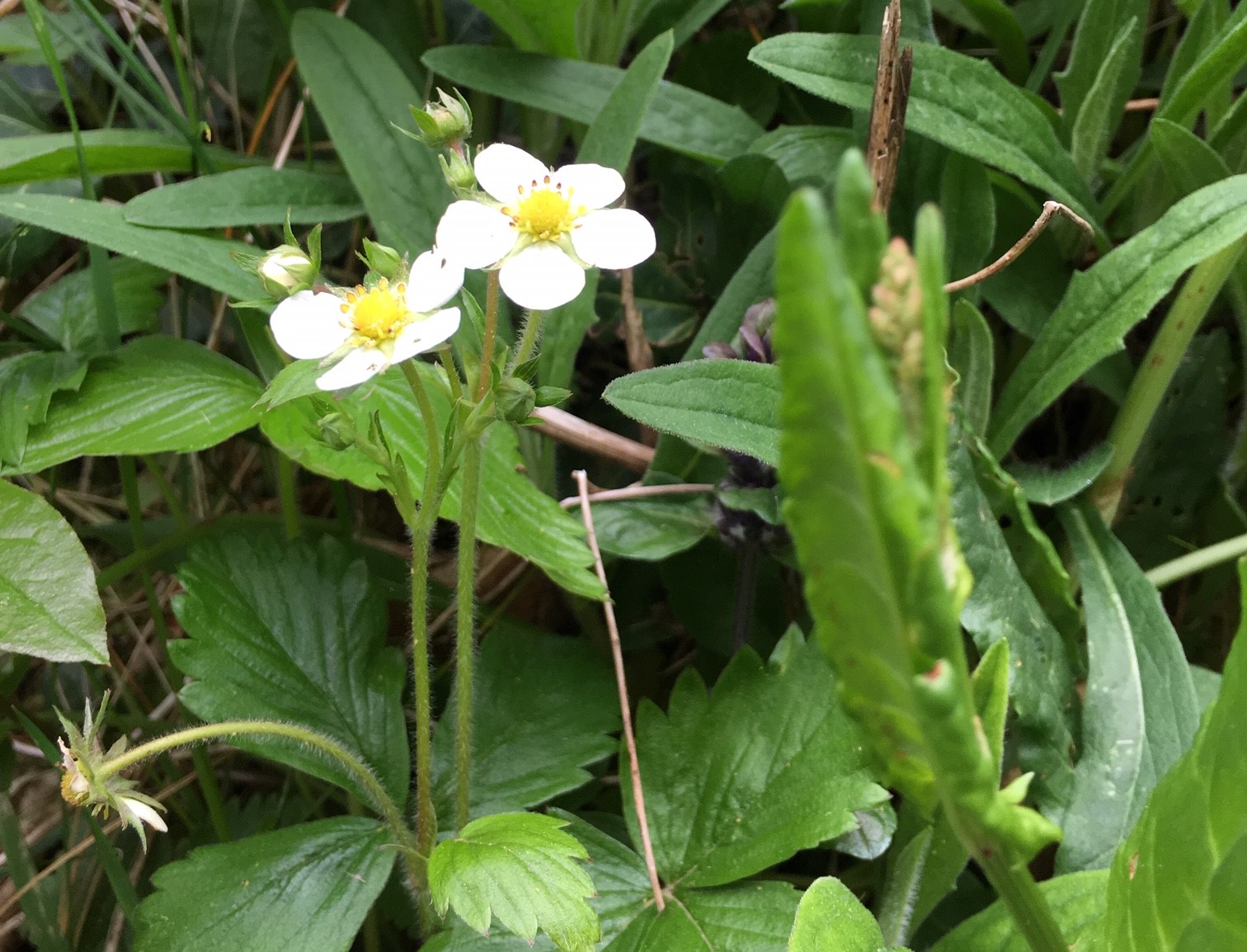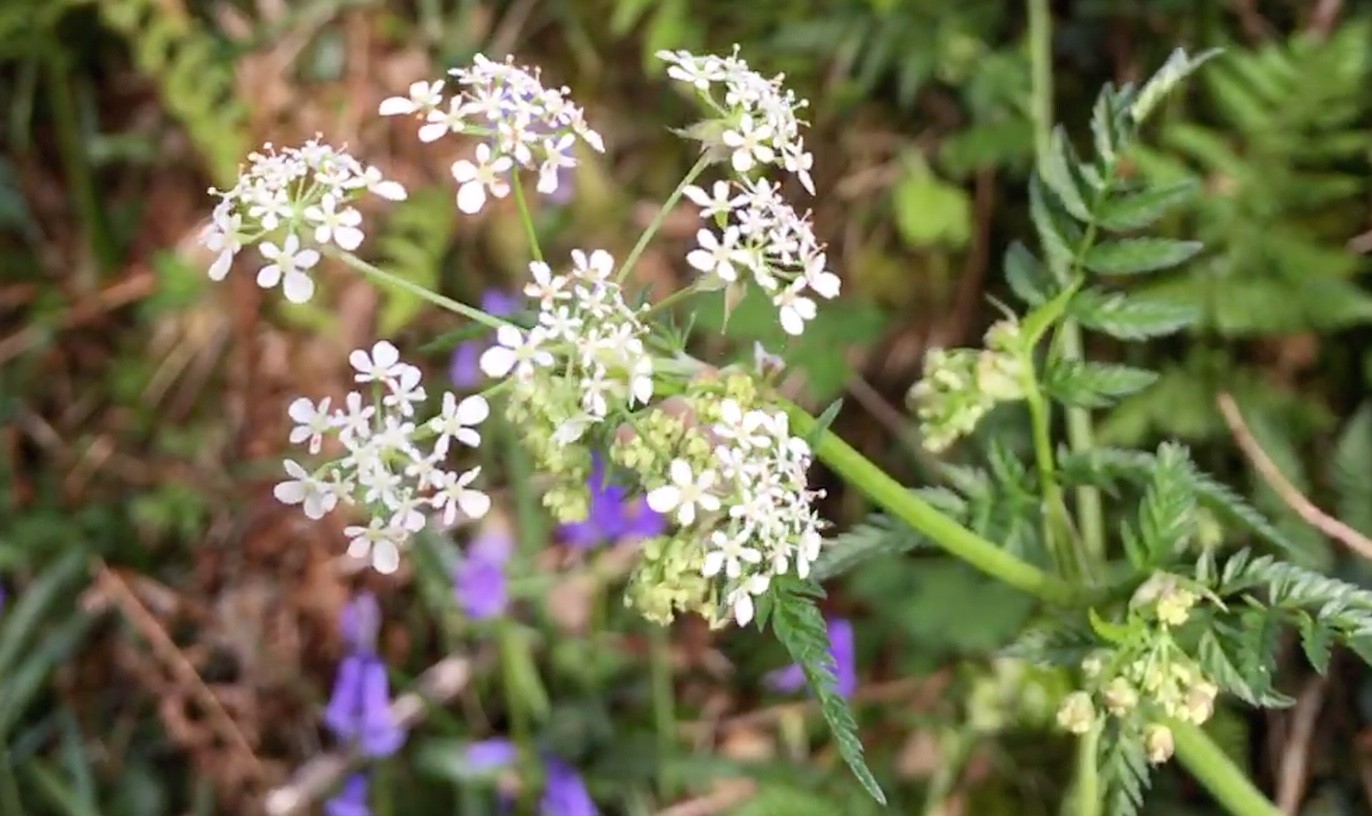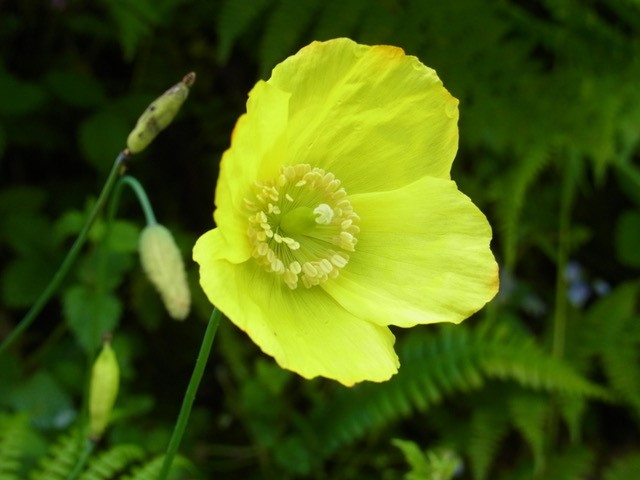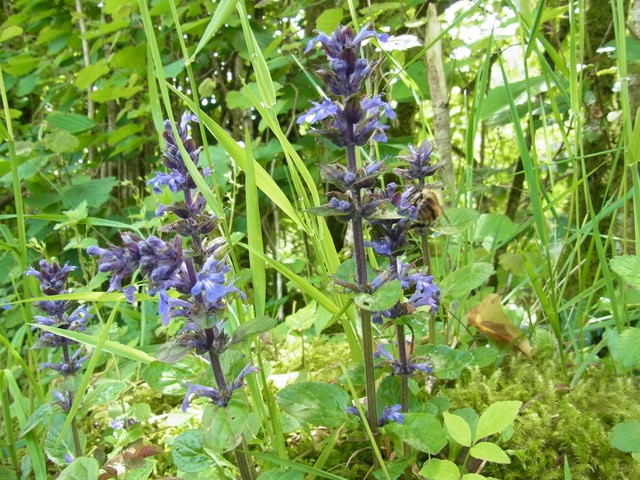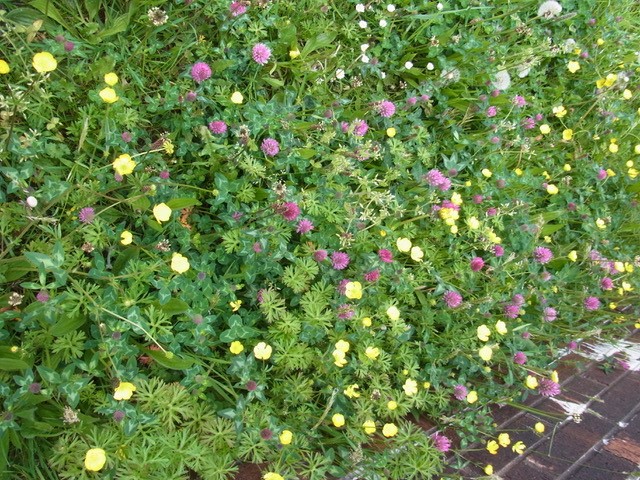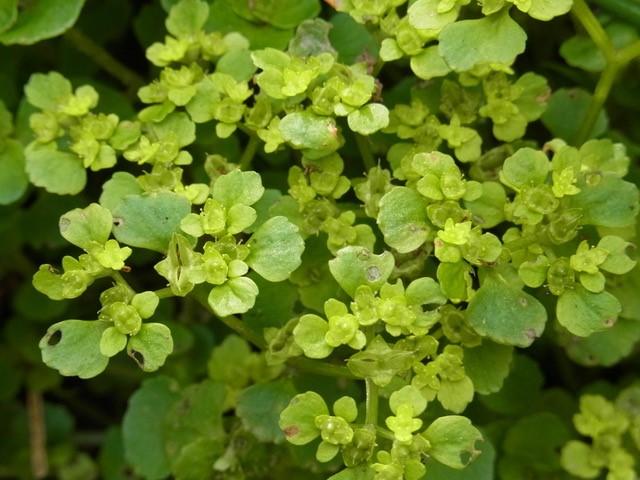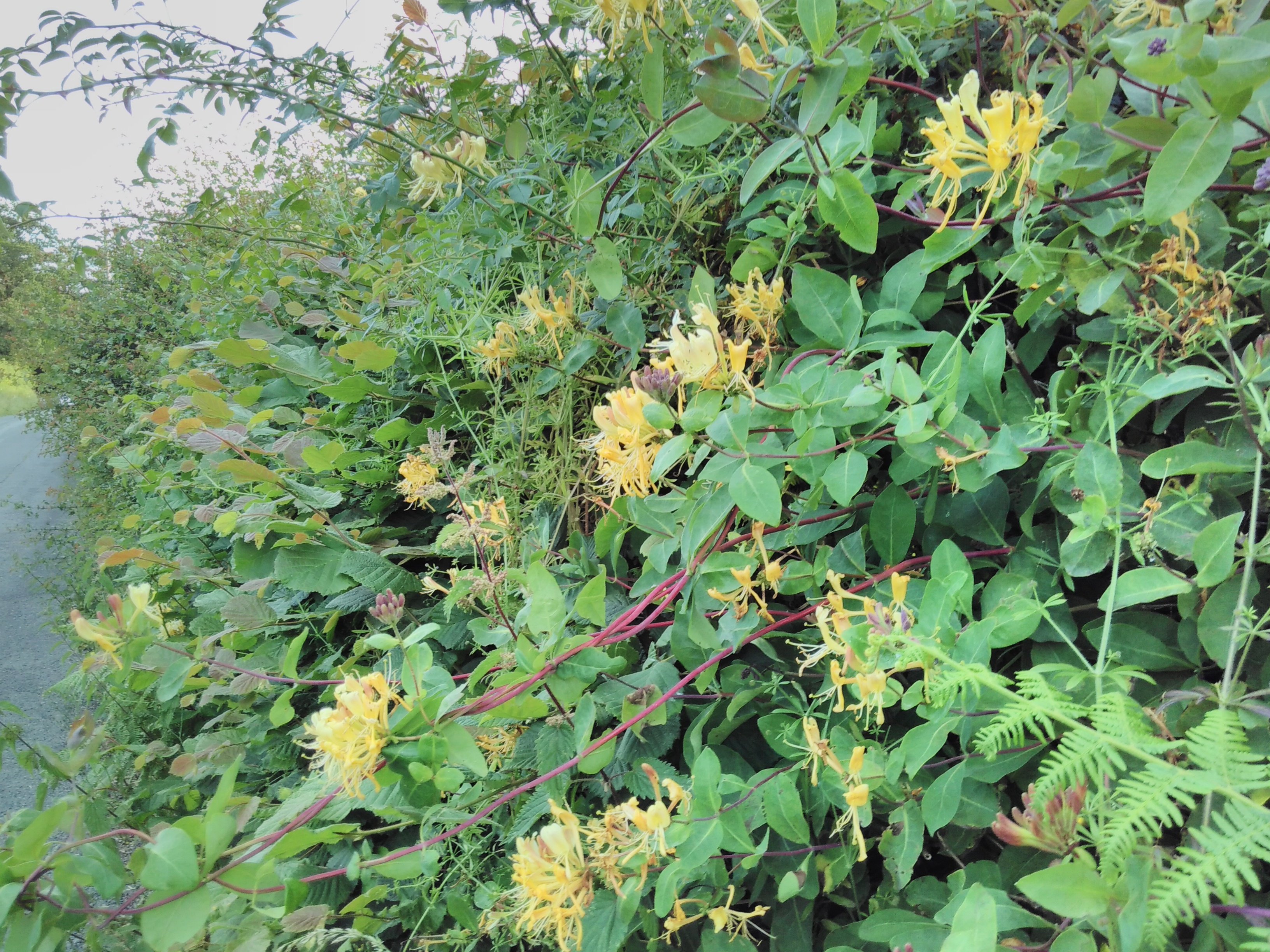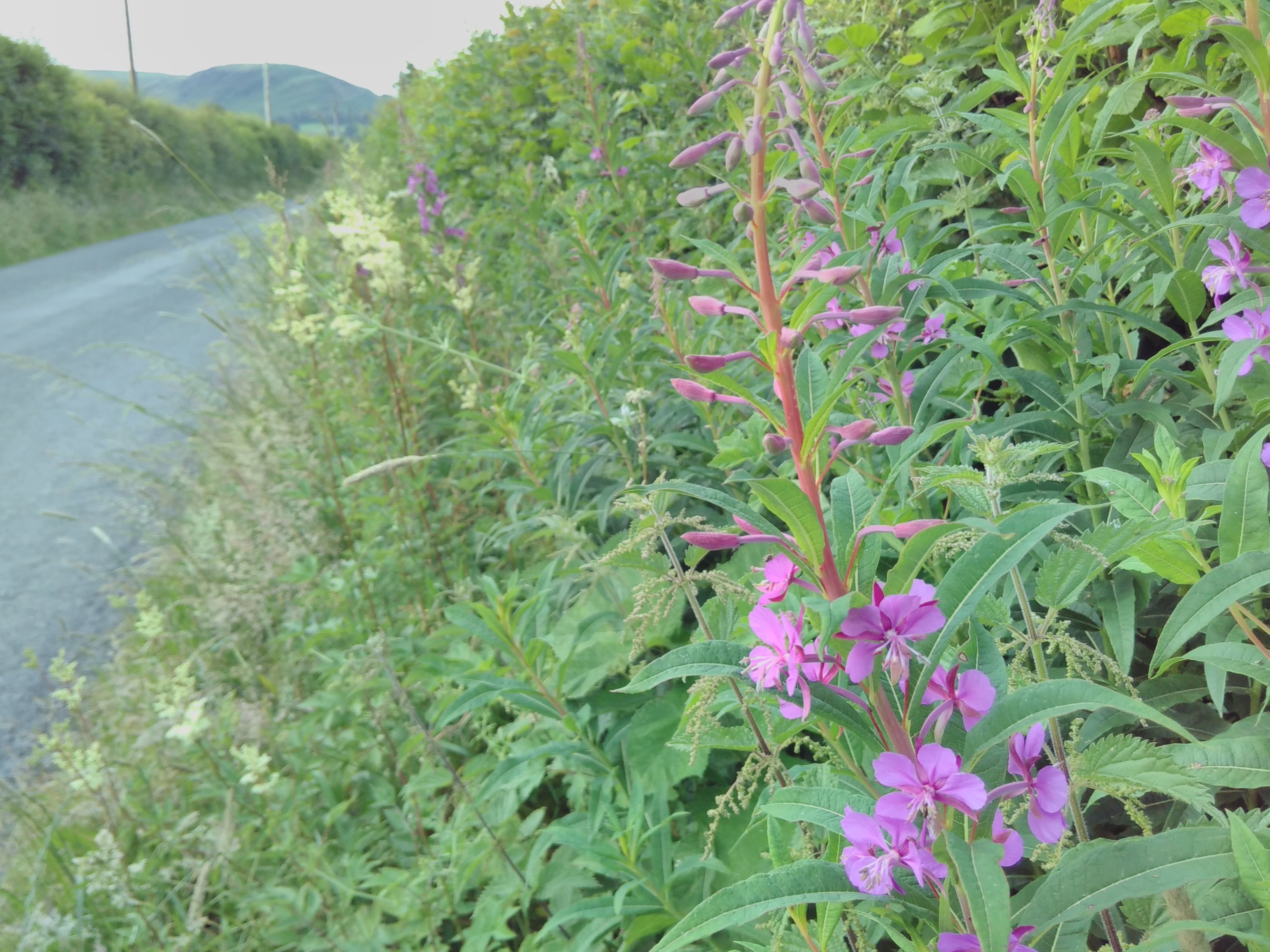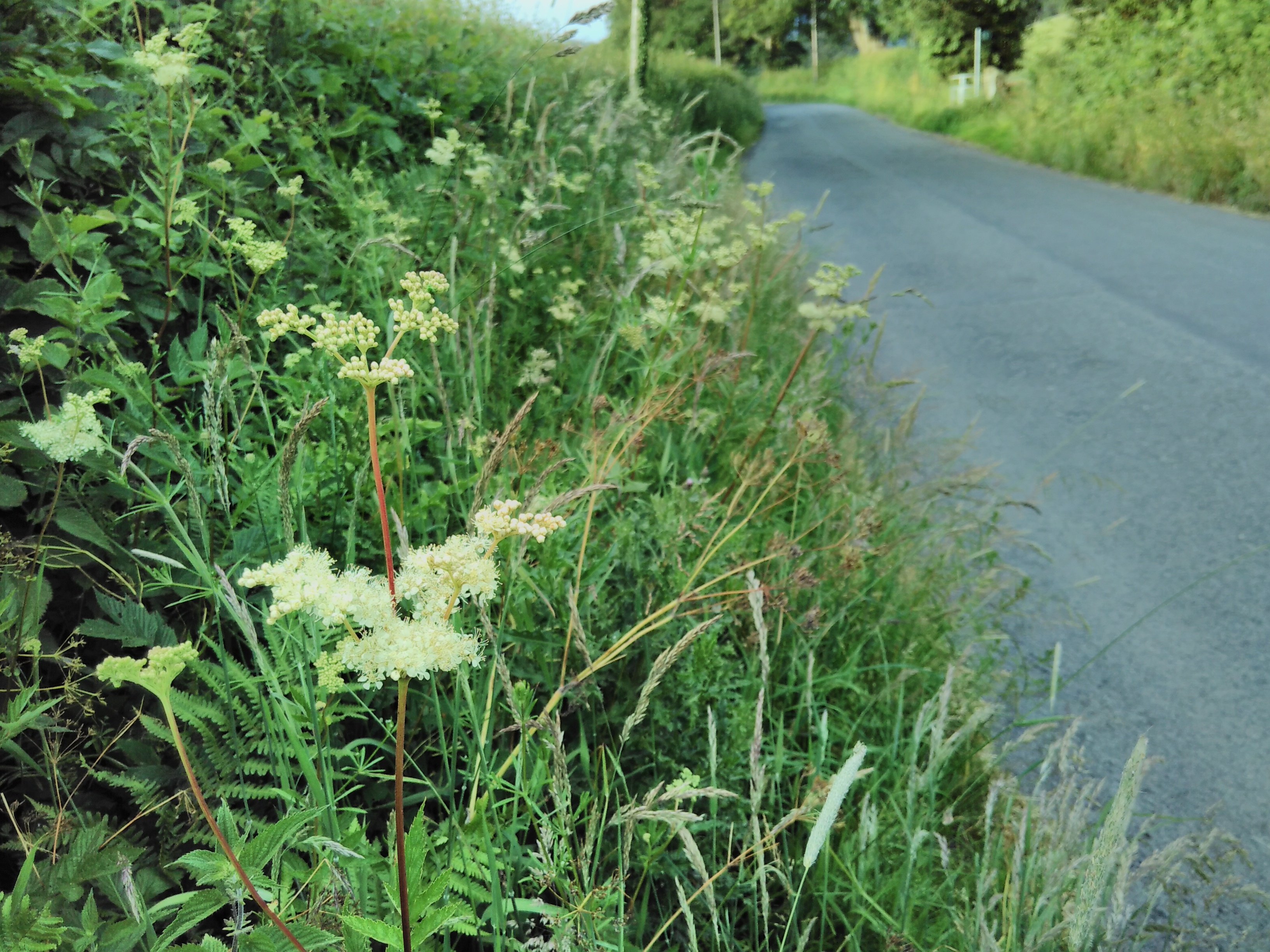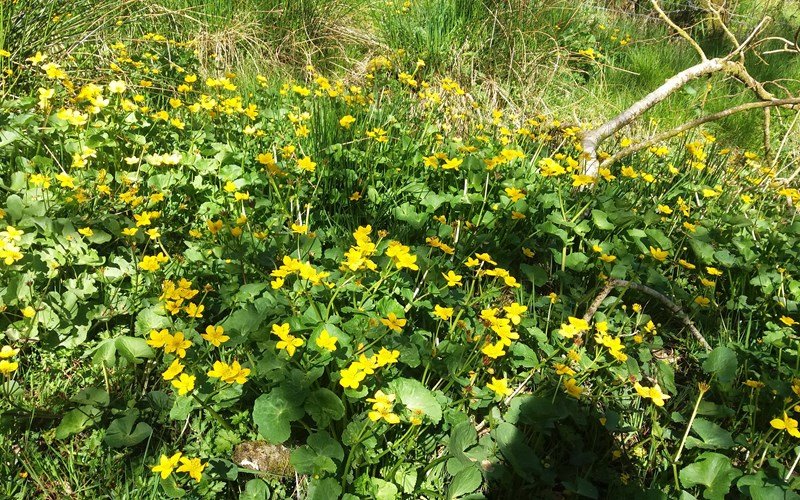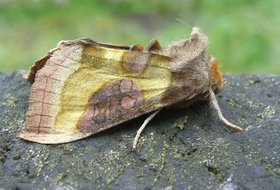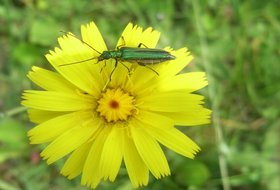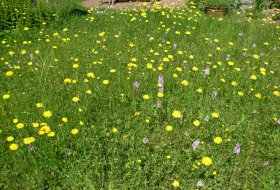Pollinators
Page updated on: 06/12/2023
In the UK plant pollinators are the insects that deliver pollen from plant to plant, enabling fertilization to take place leading to the growth of new plants. They are essential for continued plant growth in the wild.
Pollinators are essential for the maintenance of our ecosystems, through pollination of the wild plants which form the basis of most habitats. Pollinators are also important through the vital role they play in the production of many crops, contributing to the UK economy. Pollinators are of intrinsic value in their own right as part of our natural heritage, and some species, such as bees and butterflies, are widely appreciated by the public.
- As well as bees, butterflies, moths, hoverflies and beetles can also help pollinate flowers.
- Foraging honeybees will visit 2000 flowers a day to collect pollen and nectar
- In Carmarthenshire honeybees produced approx. 45 tonnes of honey in 2017!
- However, these important insects are under threat from multiple pressures including loss of habitat, intensive farming, pesticides and diseases.
The Council has already considered pollinators in some areas of its work and sought to take positive action.
- Highways manage a series of verges as 'late-cut' verges, allowing the flowers to set seed before being cut.
- Work with Bumblebee Conservation Trust and local residents at Sandy Water Park in Llanelli has enhanced local green space for pollinators.
- Areas of grassland around housing sites have had pollinator-friendly seed mixes introduced, which have been popular with local residents.
- Local Nature Reserve (LNR) management seeks to manage areas for pollinators. Management of species-rich brownfield habitat at Morfa Berwig LNR promotes a wide range of pollinators, including the scare brown-banded carder bee.
Our native pollinators include bumblebees and other bees, butterflies and moths, flies, beetles and wasps. Over 1500 of species of insect in the UK are thought to carry out pollination of our native wild plants and our food crops. Without pollinators we would struggle to grow many commercial vegetable and fruit crops including apples, pears, strawberries, beans and peas, oilseed rape).
The European Honey Bee is the major pollinator available for field and outdoor crops. In Carmarthenshire there are approximately 674 apiaries made up of approximately 3774 hives. Based on average honey production per hive in 2017 of 12kg/hive this would equal honey production of approx. 45.3 tonnes (info. from regional Bee Inspector). In 2011 427 tonnes of honey was produced in Wales – worth approx. £2 million (WG website and 2017 Welsh bee Inspectors report).
Pollinators also help us in the garden and allotment, helping to provide us with the garden vegetables and flowers we enjoy. Gardens now contain more flowers than most agricultural land and, in Carmarthenshire, we have a lot of gardens. For many pollinators gardens can be a significant help to local populations.
Insect pollination, by helping plants reproduce, also supports a more complex network of animal and plant life. Pollination is therefore an important process in maintaining healthy and biodiverse ecosystems.
Half the UK's remaining 24 bumblebee species are in decline – three other species have already become extinct.
Research indicates that honeybees showed a 23% decline in Wales between 1985 and 2005.
The State of Nature Report for Wales in 2016 showed that 60% of butterfly species had declined over the long term (~1970–2013). (Bumblebee Conservation Trust; Wales Action Plan for Pollinators; State of Nature Report for Wales, 2016). There are many possible reasons for these observed changes. No single factor seems to be responsible for the changes, but many factors combine to create a greater overall impact. There are, however, some impacts that are more notable than others.
Habitat loss, degradation and fragmentation – the most significant cause of decline is the loss and degradation of habitats which provide food, shelter and nesting sites for pollinators. Losses can be attributed to more intensive farming, inappropriate management of potential habitats, and urban/industrial development. A 2016 study published in Nature showed that loss of wild flowers in Britain matches the decline in pollinators.
Pesticides – there is growing evidence that the use of pesticides is having harmful effects on pollinators including honeybees, wild bees and butterflies.
Climate Change – long-term changes can deprive pollinators of food supplies at times when they need them, increase their exposure to parasites and diseases, or change habitats so that they are no longer suitable. In this way climate change is a threat to ecosystem resilience.
Food in the form of pollen and nectar foraged from a variety of flowering plant species, available from early spring to late autumn from a number of habitats, e.g. meadows, hedgerows, verges, woodland edges, orchards and gardens. Many plants and trees can provide these food resources, including many so-called ‘weeds’ such as dandelions and daisies. In addition to flowers, many pollinators need other food resources to support their different life stages – for example butterfly and moth caterpillars need particular plants to feed on.
Diverse vegetation structure, e.g. hedgerows, scrub and tall grass for shelter, nesting and overwintering. Dense vegetation such as tussocky grassland, scrub, mature trees, and piles of wood and stone can provide essential habitat for hibernating pollinators. Many species overwinter as adults including queen bumblebees, and some butterflies and hoverflies, others as eggs, larvae or pupae. Old burrows and dense vegetation are used by bumblebees, with sunny slopes and dry ground used by ground-nesting bees such as mining bees.
To reverse this decline, we should aim to:
- increase diversity of flower-rich areas, i.e. manage formal and informal areas so that a range of suitable pollinator-friendly species are available;
- increase abundance of food resource, i.e. increase the area of land available for pollinators to use; and
- extend the availability of flower-rich resources throughout the life cycle of pollinators; make sure that suitable plants are available from spring to autumn.
Planning
Planning Application Guide
- Development Idea
- Do I need a Planning Agent?
- Key Information
- Pre-Application Stage
- Types of Planning Application
- Application submission
- Validation
- Live Application
- Planning Committee
- Appeals
- Compliance / Enforcement
- Completion of Development
Major Planning Applications
Extending / changing your home
- Lawful Development Certificate
- Pre-application advice service
- Householder planning permission
- Neighbouring properties / party walls
- Bats and nesting birds
- Conservation areas
- Listed buildings
Search for a Planning Application
Breach of planning
Change of Use (Planning)
Pre-application consultation (PAC)
Highways planning liaison
Development Viability Model (DVM) Assessment Tool
Sustainable Drainage Systems (SuDS)
Apply for Section 106 funds
Local Development Order (LDO)
Listed Buildings and Conservation Areas
- Understanding listing
- When is listed building consent required?
- Alterations to Listed Buildings
- Applying for listed building consent
- What happens after a decision on listed building consent has been made?
- Works to a listed building without consent
- Maintenance and Repair
- Further sources of information
- Conservation Areas
Conservation & countryside
Street naming and numbering
My Nearest - Planning information
Planning Policy
- Local Development Plan 2006 - 2021
- LDP Review Report
- Supplementary Planning Guidance (SPG)
- Affordable Housing
- Affordable Housing areas
- Annual Monitoring Report (AMR)
- Housing Land Supply
- Community Infrastructure Levy (CIL)
Local Development Plan 2018 - 2033
- Integrated Sustainability Appraisal and Habitats Regulations Assessment
- Delivery Agreement
- Candidate Sites
- Independent Examination
- Submission Documents
- Second Deposit Revised Local Development Plan
- Preferred Strategy (Pre-Deposit Public Consultation)
- Development of an evidence base
- Frequently asked questions
- First Deposit Revised LDP
Renewable Energy
Planning Ecology
New phosphates targets
- What action have we taken?
- West Wales Calculator
- Mitigation Measures
- Next Steps
- Phosphates - Frequently Asked Questions
- Teifi Demonstrator Catchment Project
- “Impact of NRW guidance on Ammonia Assessments”
Biodiversity
- Why biodiversity matters?
- Priority Species in Carmarthenshire
- Priority Habitats in Carmarthenshire
- Carmarthenshire Nature Partnership
- HLF Bogs project
- Marsh fritillary project
- Hedgerows
- Woodlands
- Pollinators
- Get out and about!
- Legislation and Guidance
- Protected sites
- Ash dieback disease
- Wildlife in your Ward
- Local Places for Nature
Waste
More from Planning
































